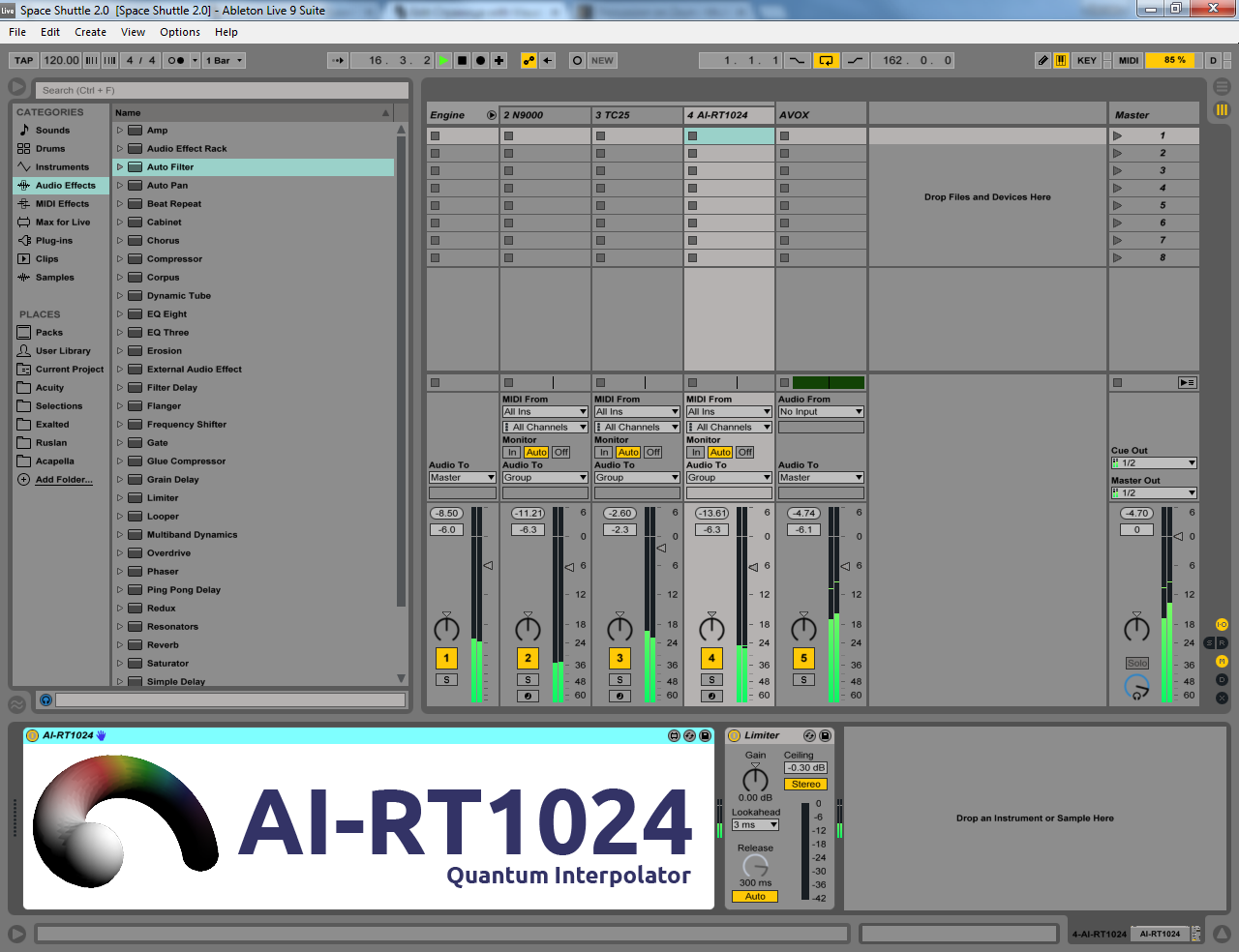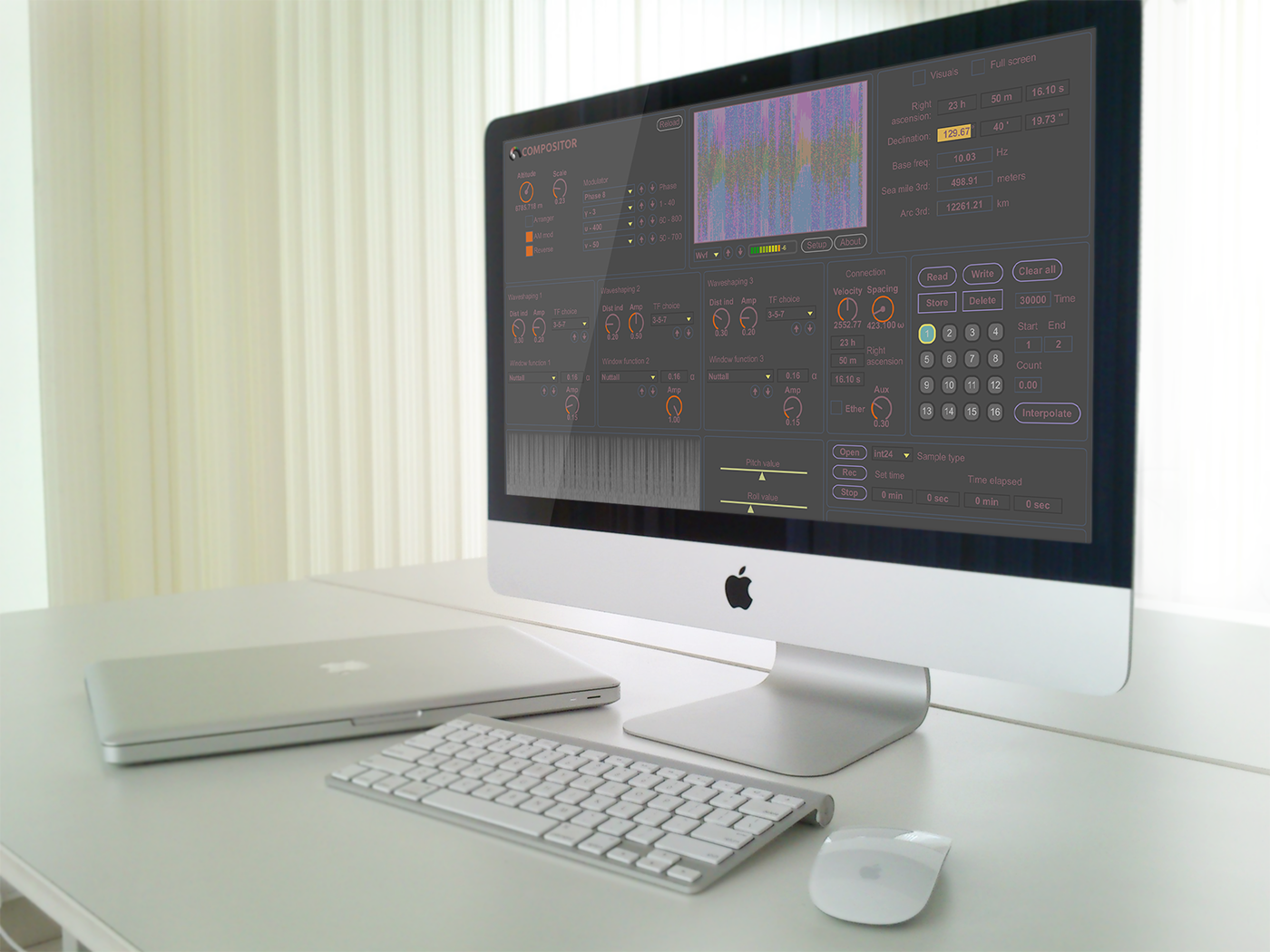Zero-Layer Aggregation Exactly a year ago, when all modules of Compositor RTOS were formed, I was confronted with the task: to make such aggregation, which would not have committed the emission in the RAM memory of the computer (server). A year later, the problem is solved. It was required to complete assembly of Compositor RTOS 9.0.1 a14 with an extended…

Boosty – Forest People (FP mark emitted from the Ethernet) Ruslan Yusipov Boosty and Exalted projects are valuable to the Russian Authors Society as they have previously unreleased and never heard routing paths. These projects have such routing paths, which are only heard of by the author. One such routing path is Boosty – Forest People produced in 2009 and…
More than 80% wavelets in MIB of RTOS On the present day there are more than 80% wavetables processed to wavelets in the management information base of RTOS. Script allows processing up to 5 wavetables in a minute that is why full processing will take some time. To the end of this week the whole MIB should be processed on…
Dump, middleware and more An enormous work was conducted this weekend on MIB vector optimization. At the beginning the full base was defragmented by clearance of the dump below: In addition, the switch to 11 kHz was made and stochastic selections were performed in a special edition of RTOS with a direct output on auxiliary channel (through). Later these ethers…
MIB 5149 and growing CP-6137-960FX server MIB extended with one more emission and is 5149 routing tables now. This time the 2009 experiments with Waldorf Blofeld synthesizer were seized from the Ethernet. The recording of Intro to Boosty project Live in Studio 69 club was filed to vSwitch MDL12. The emissions were 142 wavetables, among which original ethers of routing…
NPO Compositor network map creation from 0 BC to AD 4000 Have you, probably, noticed that metronome of vRouter RAD96 inadvertently approaches our days? That is, SR timer has passed 2019 year already and RT timer is at 2015, TR timer is one and a half century ago at the year 1870. Now, you can say that NPO Compositor network…
The dumps future workstations can only read We are get used to 8-bit SysEx dumps, many of us even listened to their audio presentations. However, how the dump of modern embedded real-time operation system sounds? Let’s start with the fact that modern operation system is 64-bit, which gives almost 8 times more dynamic range, than 8-bit dump. Moreover, RTOS dumps…
5000 routing tables in CP-6137-960FX MIB NPO Compositor reached the final goal of emission for CP-6137-960FX server, which is 5000 routing tables. Management information base is 5007 routing tables that allows organizing not only 4000 VLAN, but also 5000 VLAN. NPO Compositor will continue to expand the management information base up to 6000 VLAN, because each routing table gives access…

Bessel beam for solving laser diffraction problem You and I are probably familiar with a problem, which was set to the wide audience on protection from hypersonic weapons. Now, I can definitely say that a solution is ready – it is Bessel beam. Bessel beam, in a contrast with standard laser do not diffract and can be acoustic. That is…

Compositor project progress A new usage for Compositor Software algorithm is found. Now, the time machine passes us to the far year 1989. Ruslan Yusipov was at NPO (Scientific Production Association) at that time and he saw the LASER machine for load tests there. Upsampling Compositor RTOS (Compositor v9 Hypervisor) up to 192 kHz (it was needed to make a…